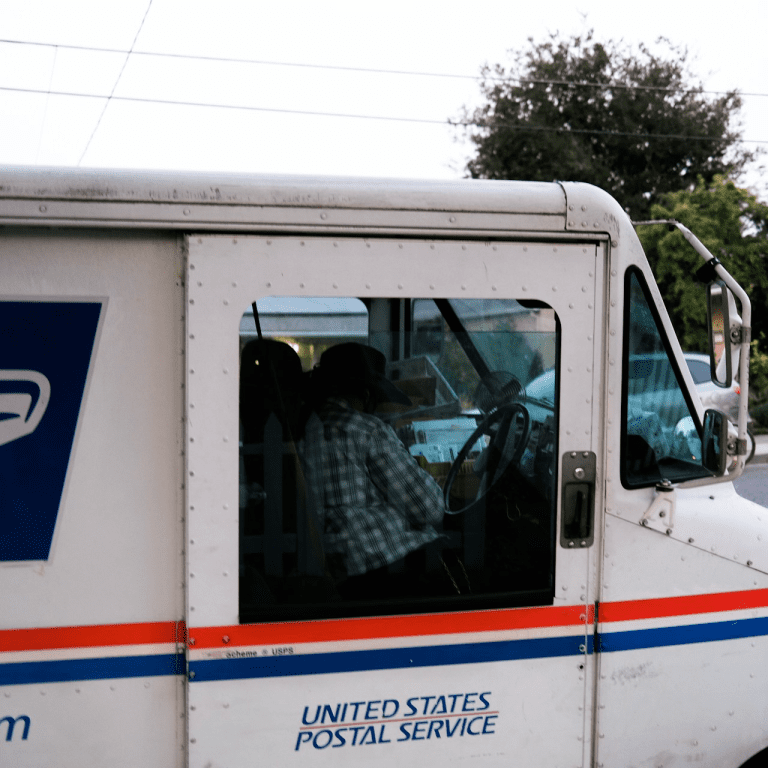Key Takeaways
-
Understanding coinsurance helps you plan your healthcare expenses. With the Postal Service Health Benefits (PSHB) program, your share of costs varies depending on the type of service and whether you have Medicare.
-
Costs for doctor visits, hospital stays, and prescriptions depend on multiple factors. In-network services generally cost less, and having Medicare can significantly reduce your out-of-pocket expenses.
What Is Coinsurance, and How Does It Work?
Coinsurance is the percentage of medical costs you pay after meeting your deductible. Unlike copayments, which are fixed amounts, coinsurance is a percentage of the total bill. Understanding how coinsurance works is essential in managing your healthcare expenses effectively.
For example, if your PSHB plan has a 20% coinsurance rate for specialist visits, you pay 20% of the cost, while your plan covers the rest. Coinsurance applies to various services, including doctor visits, hospital stays, and prescriptions. The actual percentage may vary depending on whether your provider is in-network or out-of-network and whether you have additional coverage, such as Medicare.
The Role of Deductibles
Before coinsurance applies, you usually have to meet your deductible. Once you reach this amount, your plan starts sharing costs with you. Deductibles reset annually, so it’s important to plan your healthcare expenses accordingly.
-
Lower deductibles mean you start paying coinsurance sooner but may have higher premiums.
-
Higher deductibles result in lower premiums but require you to pay more upfront before your plan contributes.
Additionally, some PSHB plans offer a separate deductible for prescription drugs, which means you may need to pay out-of-pocket before coinsurance applies to your medications. Knowing how much you’ll have to pay before your insurance kicks in can help you budget accordingly.
Coinsurance for Doctor Visits: What You Should Expect
Your coinsurance for doctor visits depends on whether you’re seeing a primary care physician (PCP) or a specialist and whether the provider is in-network or out-of-network.
In-Network vs. Out-of-Network
-
In-network providers: Lower coinsurance rates and negotiated costs with your plan.
-
Out-of-network providers: Higher costs and possibly no coverage at all, depending on your plan.
Specialist Visits
Seeing a specialist often comes with higher coinsurance than a primary care visit. This can range from 10% to 30% of the total bill, depending on your plan. You may also need a referral from your primary care provider, which could impact your coverage and costs.
Virtual Visits and Telehealth Services
Many PSHB plans now offer telehealth services at a lower coinsurance rate compared to in-person visits. These virtual consultations can be a cost-effective way to access medical advice, prescriptions, and follow-ups.
Preventive Care Visits
Most PSHB plans cover preventive care services at no cost when performed by in-network providers. Services like routine checkups, vaccinations, and screenings can help detect and prevent serious health conditions before they become expensive to treat.
Coinsurance for Hospital Stays: What You Need to Know
Hospitalization costs can add up quickly, and coinsurance plays a major role in how much you’ll owe. The length of your stay, the type of room, and additional services received can all impact your out-of-pocket costs.
Inpatient vs. Outpatient Care
-
Inpatient hospital stays: Coinsurance typically applies per day after the deductible is met. Your cost might be a percentage of the hospital bill or a fixed daily amount.
-
Outpatient procedures: These can have lower coinsurance compared to inpatient care, but the cost varies by procedure and provider.
Emergency Room vs. Urgent Care
-
Emergency room visits: Higher coinsurance due to the complex and urgent nature of care.
-
Urgent care centers: Lower coinsurance compared to emergency rooms, making them a cost-effective alternative when appropriate.
-
Ambulance services: Some PSHB plans have a separate coinsurance rate for emergency transport, which can be an additional cost consideration.
Coinsurance for Prescription Drugs: Breaking Down the Costs
Your out-of-pocket costs for prescription drugs depend on several factors, including formulary tiers, pharmacy networks, and whether you have Medicare. Some PSHB plans offer discounts for using preferred pharmacies or mail-order services.
Understanding Drug Tiers
Most PSHB plans categorize medications into tiers, which determine your coinsurance:
-
Generic drugs: Lowest cost, often a flat copay or low coinsurance.
-
Preferred brand-name drugs: Moderate cost, higher coinsurance than generics.
-
Non-preferred brand-name drugs: Higher cost, with a larger share paid by you.
-
Specialty drugs: Highest cost, often requiring prior authorization and high coinsurance rates.
How Medicare Part D Affects Your Costs
If you have Medicare, your PSHB plan may integrate with a Medicare Part D plan, reducing your out-of-pocket expenses for prescriptions. In 2025, Medicare caps annual out-of-pocket drug costs at $2,000, limiting how much you spend on medications. This cap provides significant relief, especially for those on high-cost medications.
Strategies to Lower Your Coinsurance Costs
You can take steps to manage your healthcare expenses and reduce your coinsurance burden.
Choose In-Network Providers
-
Always verify whether a provider is in-network before making an appointment.
-
In-network providers have negotiated lower rates, leading to lower coinsurance payments.
Consider Medicare Enrollment
-
If you’re retired and eligible for Medicare, enrolling in Medicare Part B can lower your out-of-pocket healthcare costs.
-
Many PSHB plans offer additional benefits for Medicare enrollees, such as lower coinsurance and waived deductibles.
Use Preventive Care Services
-
Many PSHB plans cover preventive services at no cost when provided by in-network doctors.
-
Annual checkups, screenings, and vaccinations can prevent costly medical issues down the line.
Compare Prescription Drug Options
-
Ask your doctor if a generic or lower-tier medication is available.
-
Use mail-order pharmacy services if your plan offers lower rates for maintenance medications.
What If You Reach Your Out-of-Pocket Maximum?
Your PSHB plan includes an out-of-pocket maximum, which is the most you’ll pay for covered services in a year. Once you hit this limit, your plan covers 100% of eligible costs for the rest of the year.
For 2025, the out-of-pocket maximums for PSHB plans are:
-
Self Only: $7,500
-
Self Plus One and Self & Family: $15,000
This limit includes deductibles, copayments, and coinsurance, but not premiums.
Reviewing Your Plan Options
Coinsurance varies by PSHB plan, so reviewing your plan annually is essential. Open Season, which runs from November to December, allows you to make changes based on your healthcare needs.
What to Look for During Open Season
-
Changes in coinsurance rates for medical services and prescriptions.
-
Updates to provider networks that may affect costs.
-
Adjustments to out-of-pocket maximums and deductibles.
Maximizing Your PSHB Benefits in 2025
Understanding how coinsurance affects your healthcare costs helps you make informed financial decisions. By using in-network providers, considering Medicare enrollment, and reviewing your plan details, you can manage expenses and maximize your benefits.
For personalized advice on PSHB plans and how to minimize your healthcare costs, reach out to a licensed agent listed on this website today.







